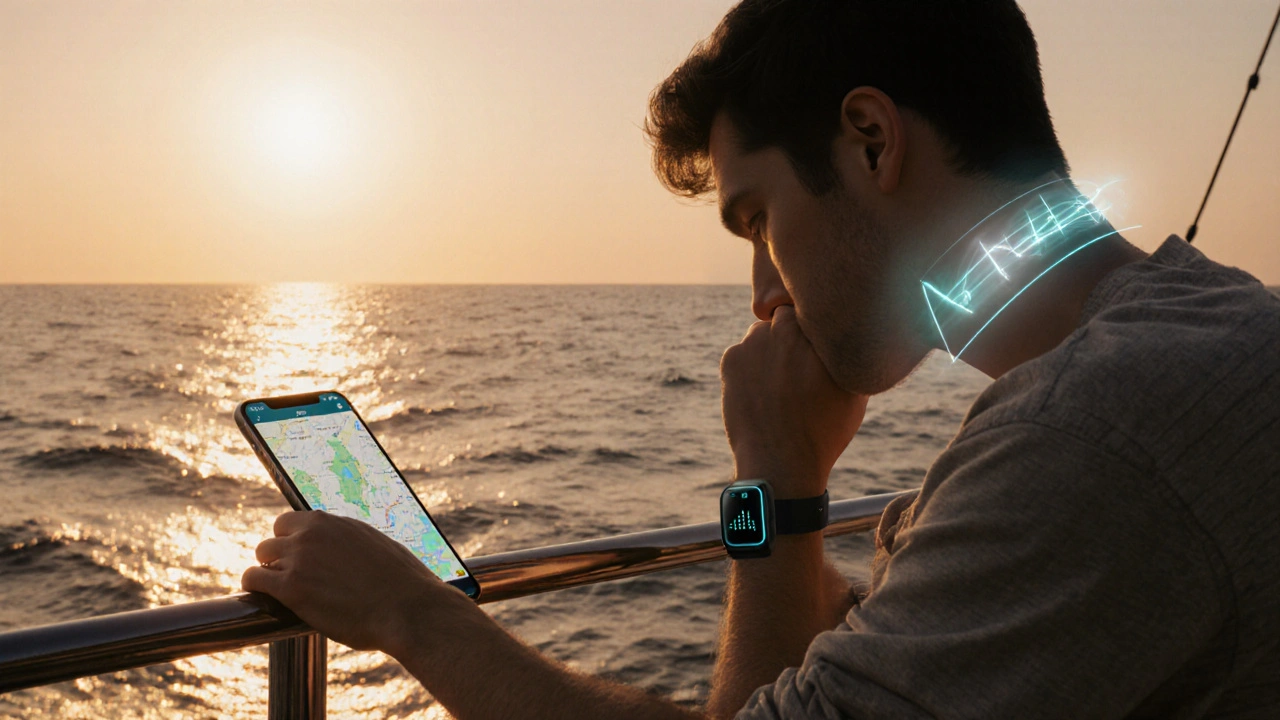VR Motion Sickness Explained: Causes, Symptoms, and Prevention
When dealing with VR motion sickness, the uneasy feeling that hits you while using a headset that shows movement your body isn’t actually making. Also known as virtual reality induced nausea, it encompasses symptoms like dizziness, sweating, and nausea. The phenomenon requires a mismatch between what your eyes see and what your inner ear senses, sparking a classic case of visual‑vestibular conflict. Virtual reality a simulated environment displayed through a head‑mounted display creates the visual cues, while motion sickness the broader condition caused by sensory mismatch provides the symptom framework. Understanding this link helps you spot early warning signs before they turn into full‑blown nausea.
Why Your Vestibular System Matters
The vestibular system, the inner‑ear network that controls balance and spatial orientation is the key player in VR motion sickness. When your eyes report rapid movement but the vestibular organs detect stillness, the brain receives contradictory signals. This influences the release of stress hormones and triggers the gut‑brain axis, often resulting in nausea the uncomfortable urge to vomit common in motion‑induced discomfort. Studies show that reducing headset latency, increasing frame rates, and limiting field‑of‑view swings can lower the mismatch. Additionally, gradual exposure—starting with short sessions and slowly extending them—helps the brain recalibrate, a process known as vestibular adaptation. Knowing these mechanisms lets you choose hardware settings and session lengths that keep the conflict in check.
Armed with this background, you can take practical steps to stay comfortable. Choose a headset with a high refresh rate (90 Hz or above) and low motion‑to‑photon latency. Keep the in‑game camera moves smooth; sudden accelerations are a red flag for the vestibular system. Take regular breaks—30 seconds every five minutes—to let your inner ear reset. Hydration and a light snack before playing can also buffer the nausea response. If you’re new to VR, start with content that offers a stable horizon and limited rapid turns. Over time, your tolerance builds, and the same sessions will feel less dizzying. Below you’ll find a curated collection of articles that dig deeper into each of these topics, from hardware tips to science‑backed adaptation techniques, giving you everything you need to enjoy VR without the sick feeling.
